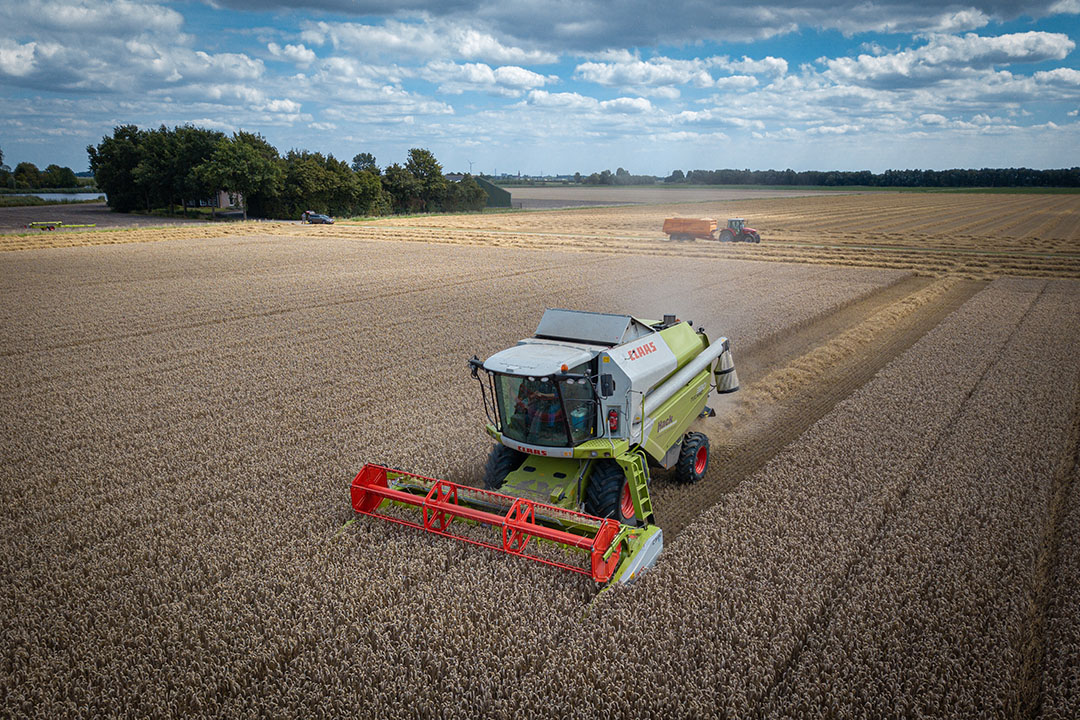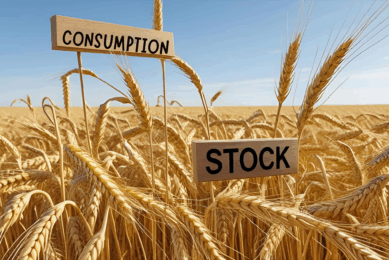Drought is causing an upward trend in grain prices

Grain prices show an upward trend, largely as a result of drought in important areas of origin. In addition, grain demands for both feed and human consumption are high.
The demand for grain on the world market is still strong. Prices of wheat and corn have been rising sharply in the past week.
Last Friday, Paris gave a week-on-week progression of almost € 9 (4.4%) for the December 2020 wheat contract, and the November 2020 corn contract even achieved a plus of almost € 10 in Paris. On the Chicago futures market, earnings for the 2020 wheat contract were comparable, but the corn price showed a much more modest rise (a plus of almost 2%). Last Monday, Chicago started with an upward trend for all corn contracts, specifically the first-expiring wheat contracts, namely December 2020 and March 2021. A significant boost for the Chicago wheat price is the fact that Americans can rely on a very smooth export.
Drought in large production areas also plays a role for the wheat market. Various financial news agencies, for example, such as Reuters, report that Argentina’s wheat harvest amounts to 17 million tonnes, which is 3 tonnes less than previously forecasted at the start of the season. Growers in Argentina have been struggling with drought for 8 months and are now also dealing with frost. They urgently need rain. Normally, they harvest in December and January.
Russian grain export quota expected
In Australia, too, especially the west of the country, drought will play a role in revenues. In southern Russia, drought problems have eased somewhat thanks to rainfall. Still, 15% of winter wheat for the coming harvest is susceptible to winter damage, reports the Netherlands Enterprise agency. Agricultural-economic website Agrimoney reports that it is already hinted that Russia will set grain export quotas for the first half of 2021 in order to secure its own stocks.
 Futures market
Futures market
Overview of futures prices for: corn, wheat and soybean
United Kingdom imports due to uncertainty
Wheat processors in the United Kingdom are importing the volumes they require, Agrimoney says. This has less to do with existing doubts regarding the quality of the currently supplied British wheat than it has to do with uncertainty about the outcome of the – most likely “No Deal” – Brexit. Due to this increasing uncertainty, they want to be ahead of shortages and very high prices. With regard to corn imports from the UK, problems are expected in finding suitable suppliers, and some of the demand will be met by alternatives, e.g. barley, if prices rise too much.
Paris saw the price of corn rise significantly more than Chicago did. The forecast of the corn harvest in Ukraine has been revised down by 2.8 million tonnes to 32.5 million tonnes. Export prices are at their highest level since 2014 and Ukraine is the most important source for European corn imports.











